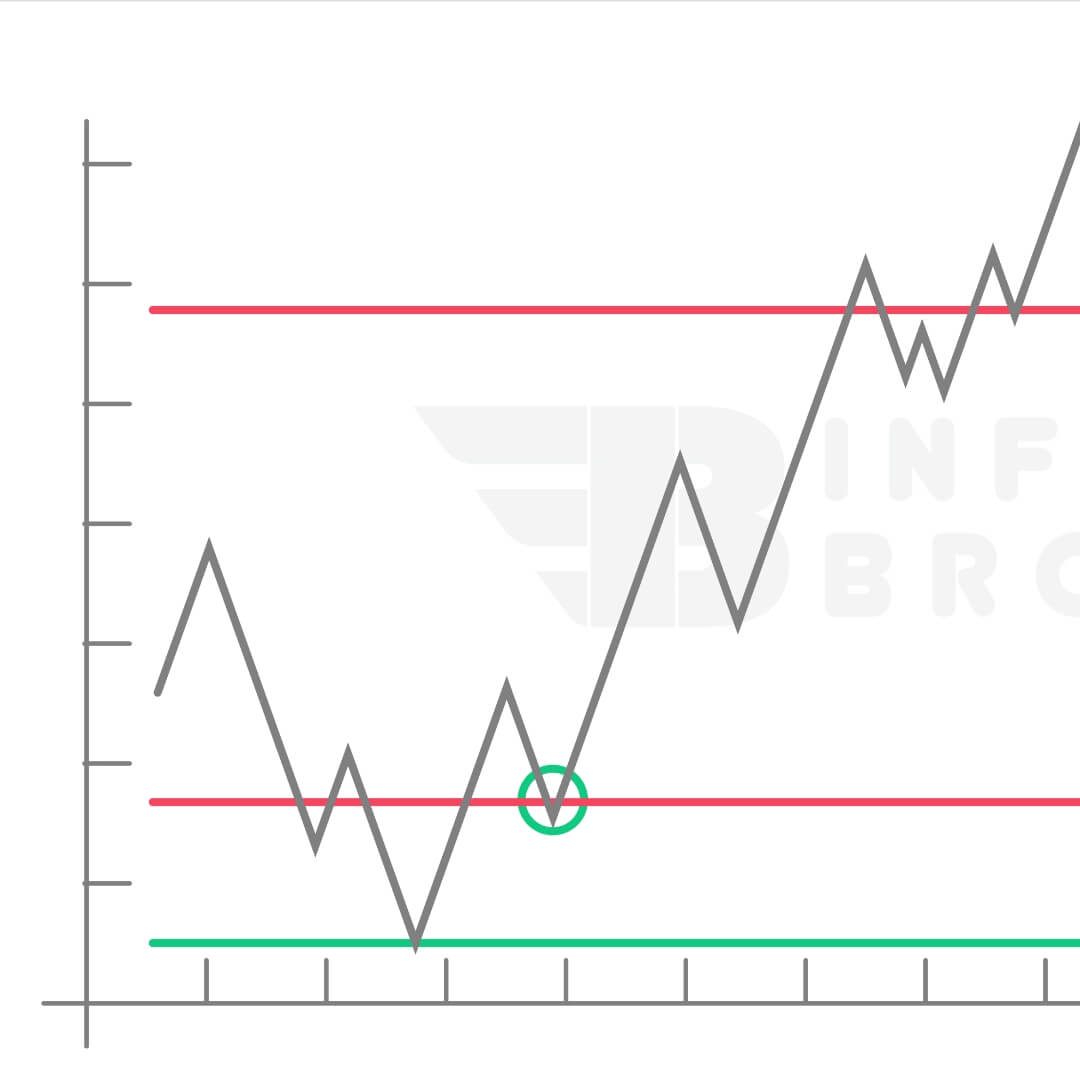Types of Investments- A Beginner's Overview Investment Types Explained: Stocks, Real Estate & More!

Key Takeaways
In this tutorial, we'll delve into different types of investments such as stocks, bonds, trading, and more. We'll use real-life examples to make these concepts easier to grasp and show how they affect your financial path.
Stocks
Firstly, let's explore stocks. When you invest in stocks, you're essentially buying ownership in a company. Think of it as owning a slice of your favourite tech giant or any other company you admire. For instance, consider investing in Company X's stocks. Over a span of five years, its value soared by a remarkable 150%! This significant growth directly reflects your potential earnings as a shareholder.
Bonds
Moving on to bonds. Bonds function as loans to governments or companies. In exchange for lending your money, you receive regular interest payments, offering you a stable income stream. Imagine holding a government bond with a 3% annual yield. Unlike stocks, bonds are less volatile and provide predictable returns over time, making them an attractive option for risk-averse investors.
Trading
Now, let's delve into the world of trading. Trading involves buying and selling assets with the goal of making a profit. It's a dynamic and fast-paced activity that demands a keen understanding of market trends and timely decision-making.
Take Jane, for example. Starting with an initial investment of $10,000, she managed to grow her portfolio to an impressive $100,000 in just two years through strategic trades. Her success underscores the importance of staying informed about market movements and having a solid trading strategy.
Balancing stocks and bonds in your portfolio can help optimise your returns. Stocks offer growth potential, while bonds provide stability. For instance, John's portfolio consists of 60% stocks and 40% bonds, aligning with his risk tolerance and aiming to benefit from both growth and stability.
Mutual funds
Mutual funds present another avenue for investment. These funds pool money from various investors to invest in a diverse range of assets, offering individuals access to a broader spectrum of investments.
For instance, Emily invested in a mutual fund that averaged 8% annual returns over a decade. By entrusting her money to professional fund managers, she benefited from expert oversight and the inherent diversification within the fund.
Real estate
Real estate is also an investment avenue to explore. It's not just about owning a home; it can generate rental income and appreciate over time, adding diversity to your portfolio.
Amir bought a small apartment and rented it out, earning a steady income. Over five years, its value increased by 20%, showcasing real estate's potential as a valuable asset.
In summary, this tutorial has provided an in-depth exploration of different investment avenues, including stocks, bonds, trading, mutual funds, and real estate. Through real-life examples and practical insights, we've illustrated how these investments can impact your financial journey and underscored the importance of diversification and informed decision-making in wealth management.







